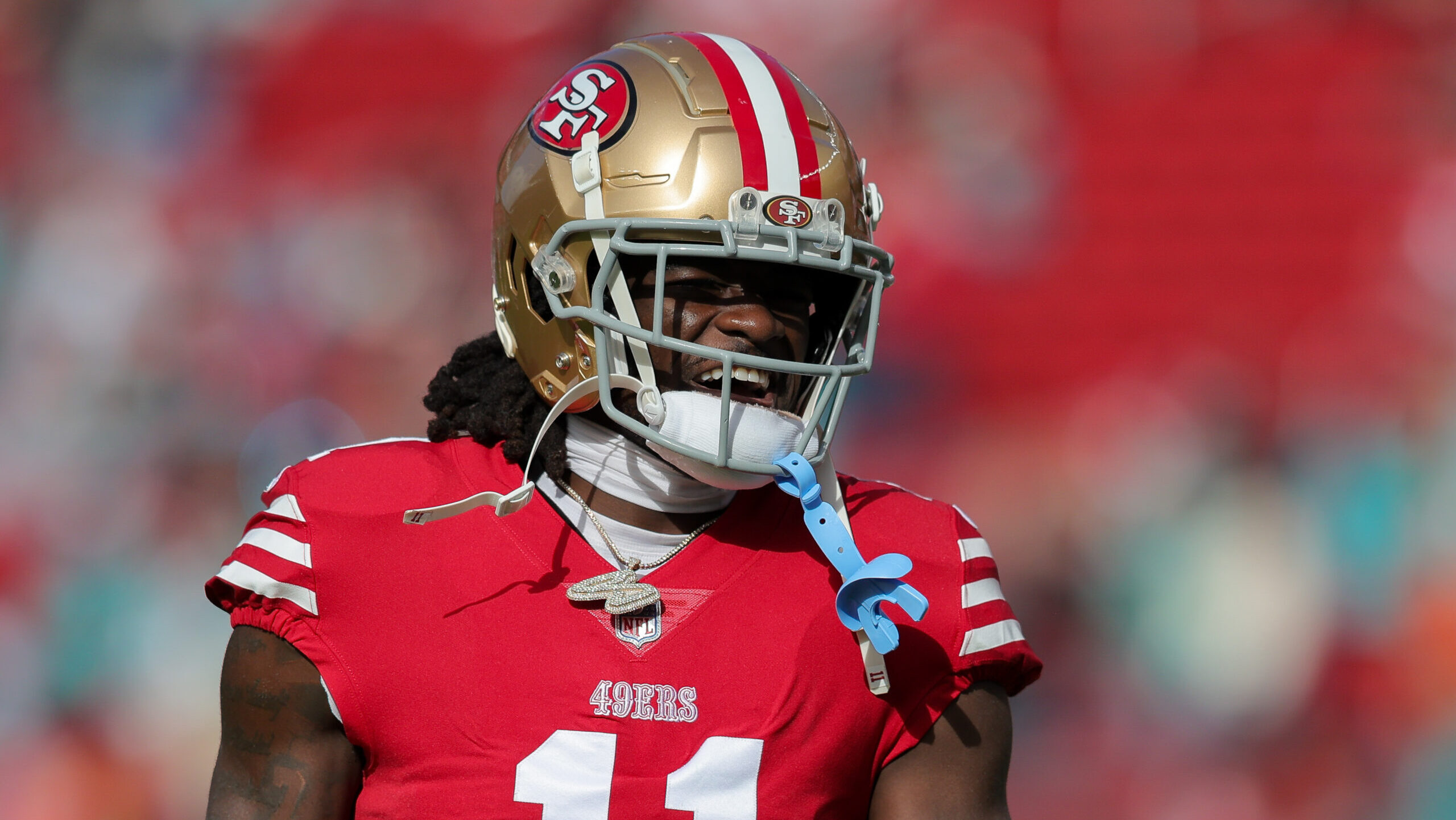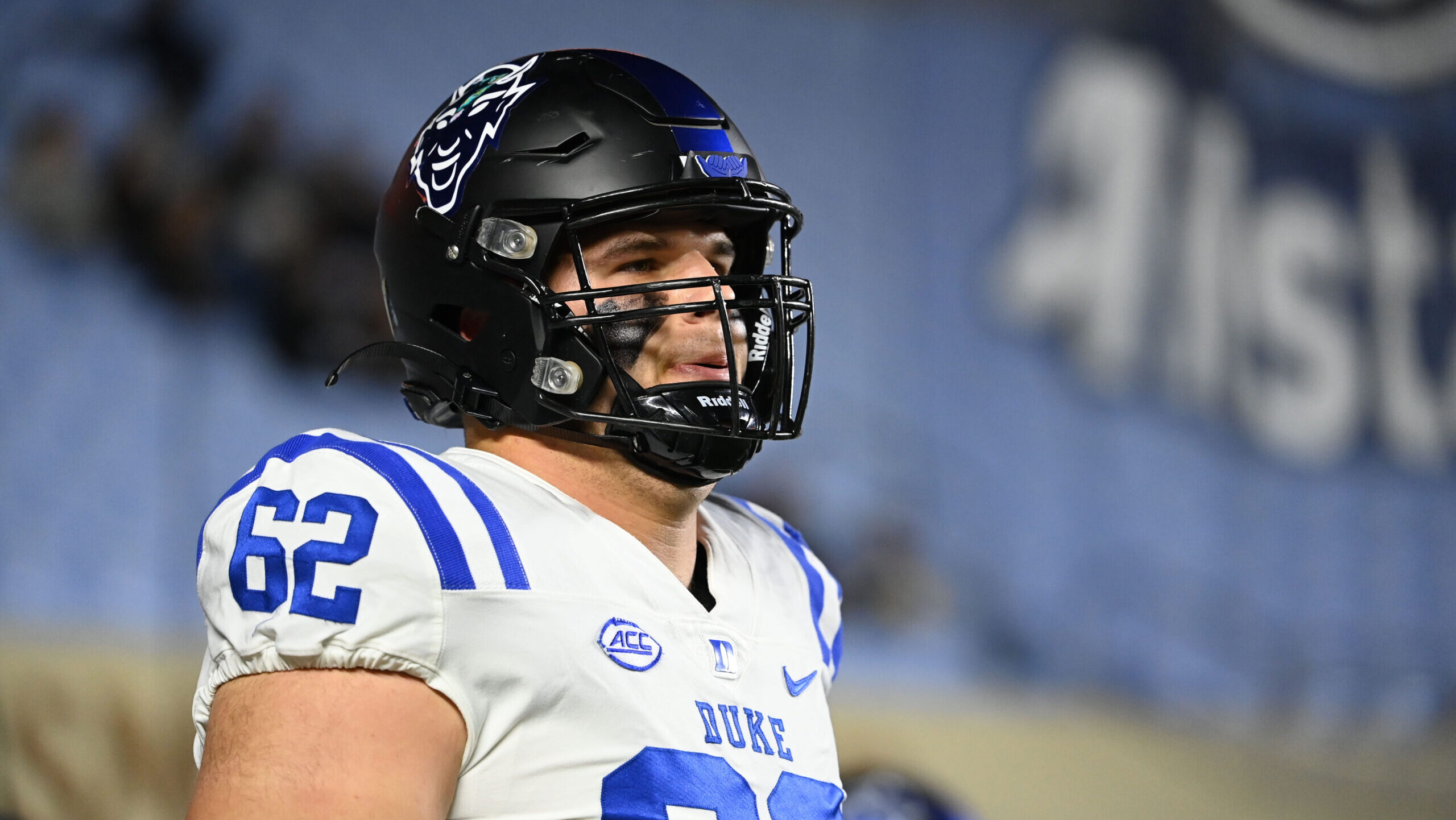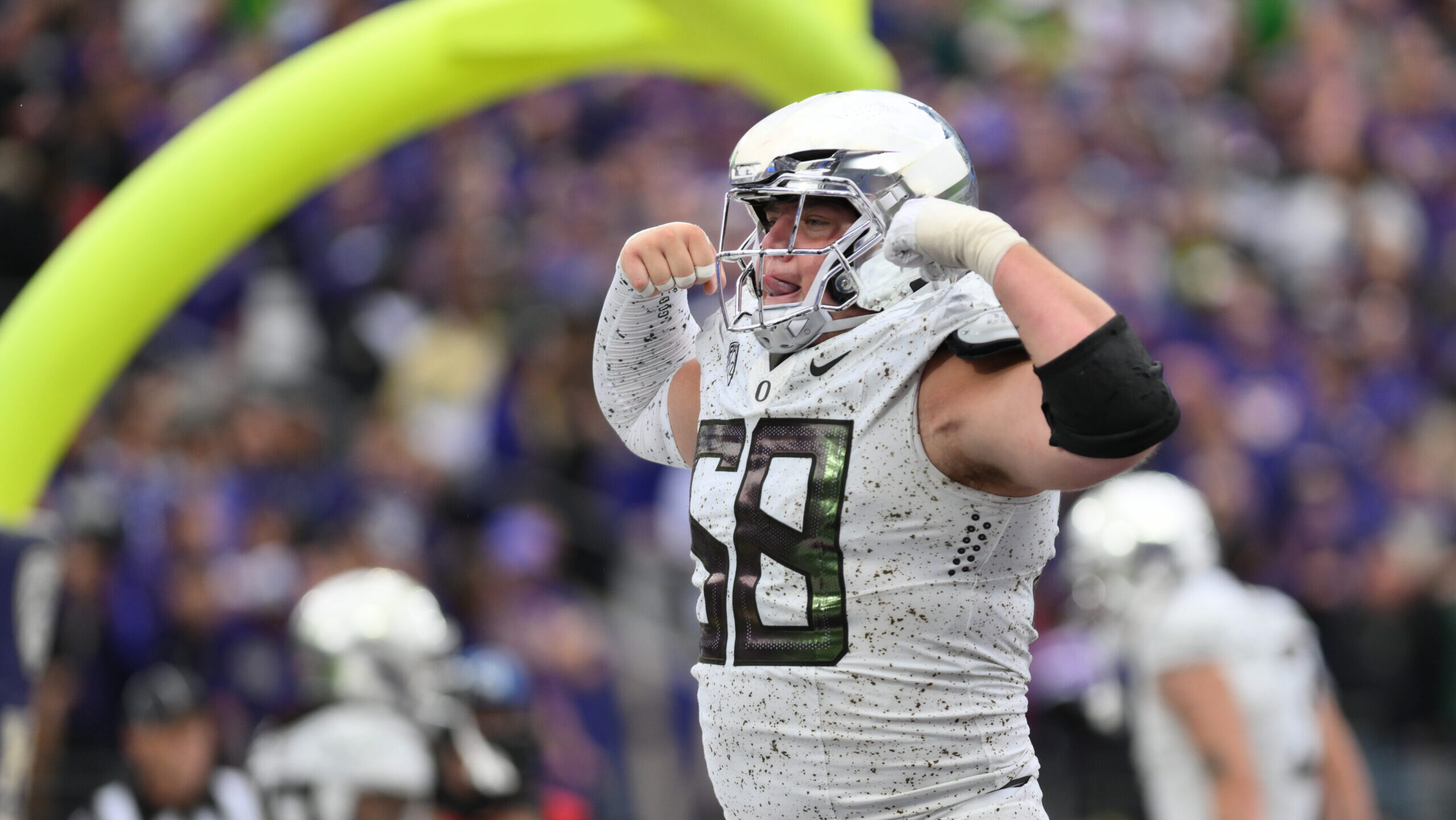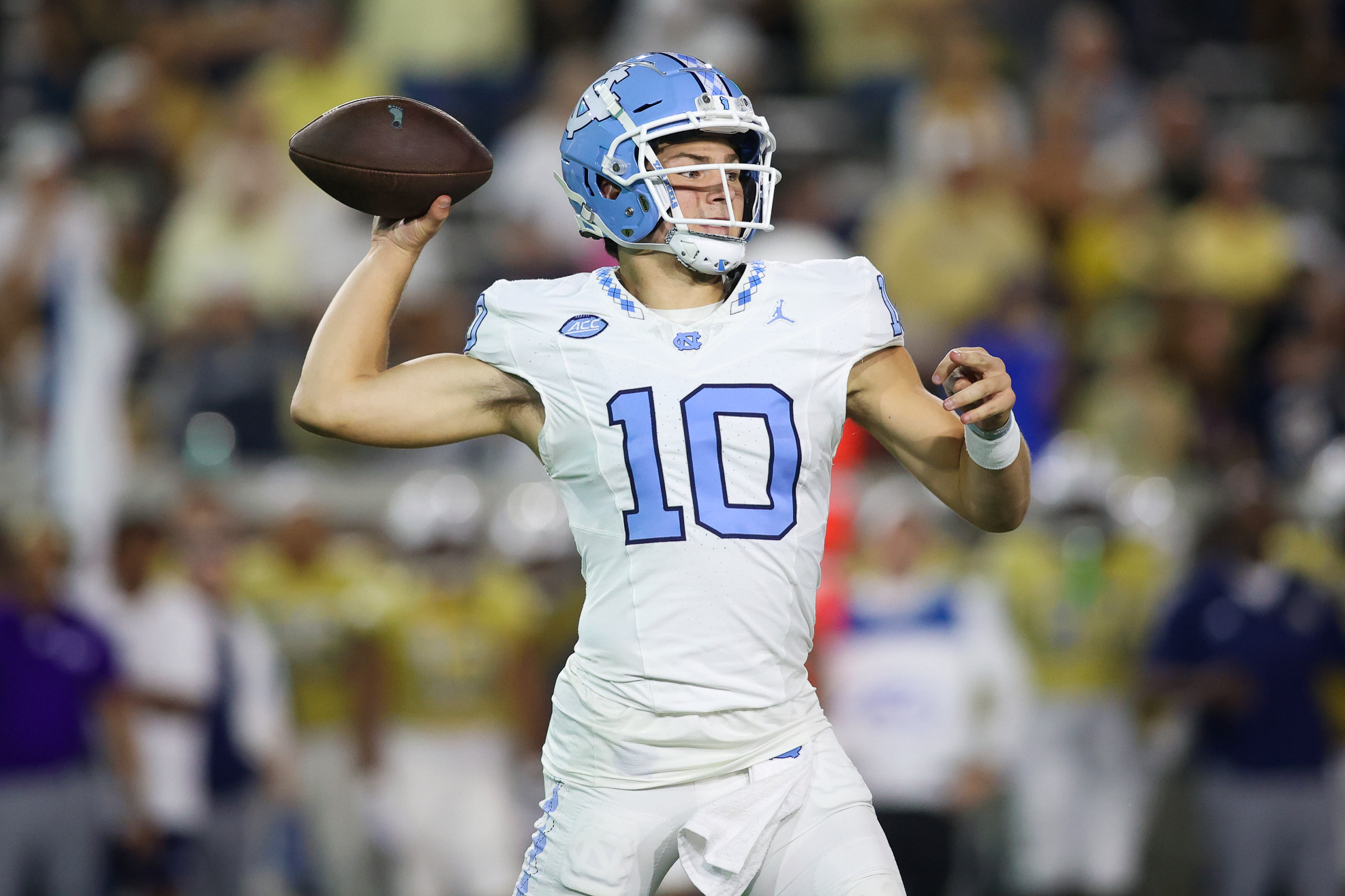Analysis
3/9/23
7 min read
Move NFL Draft Ahead of Free Agency to Build Better Teams
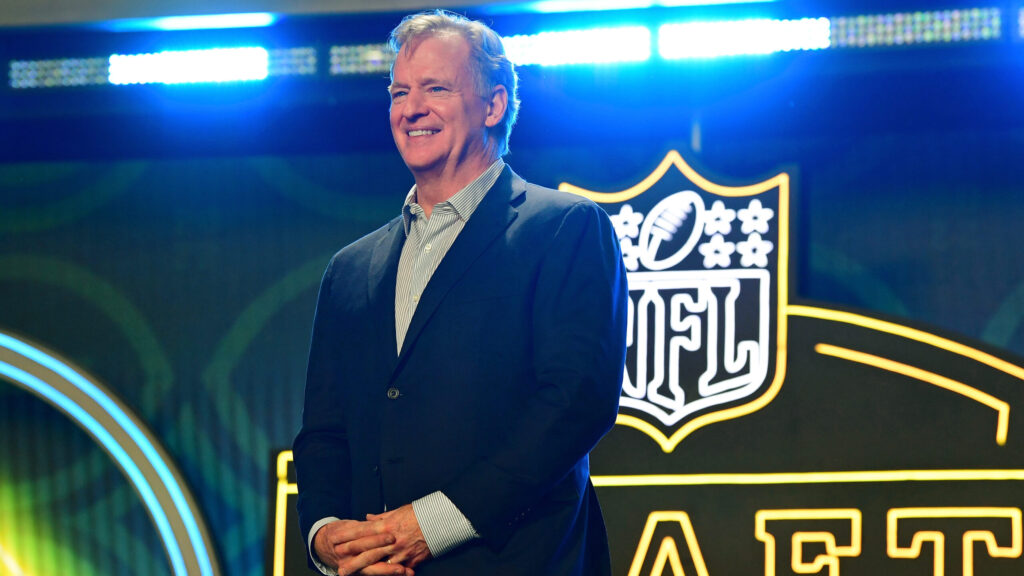
The NFL PR machine loves to space out offseason events to stay in the news year-round, especially with the long lead-up to the April 27-29 draft. The combine just wrapped up, free agency arrives next week and the draft is still seven weeks away, which then leads into OTAs and mini-camps in May and June.
From a team-building standpoint, things should happen much quicker, and the NFL has it backward on the timing of the draft and free agency. The lifeblood of team building in the NFL — and virtually all pro sports — is the draft, which should take place before free agency. This is how the NBA does it. Its June draft falls two weeks before the opening of free agency. The NHL also has its draft first.
Free agency should augment the draft in terms of signing veterans at need positions. It makes no sense for a team to invest free-agent dollars in a player, then use a high draft choice at the same spot based on the importance of picking the best player available regardless of position, unless you already have a franchise quarterback.
The current NFL system of player procurement also involves a huge waste of time and money for teams and is a massive burden on draft-eligible players. There is too much travel, too much expense and too much poking and prodding at the players. For the teams and their general managers, coaches, player personnel execs and scouts, it’s overanalysis that often leads to paralysis.
Bill Belichick is among the many coaches who have said they would prefer to have the draft picks and other rookies in camp sooner to learn offensive and defensive schemes. Then they’re more prepared to play in their first year. Belichick also feels players' combine prep is a waste of potential development time. Time spent training to run the 40 and cone drills would be better spent working on actual football skills such as throwing, catching, blocking and tackling techniques, as well as fine-tuning offensive and defensive schemes.
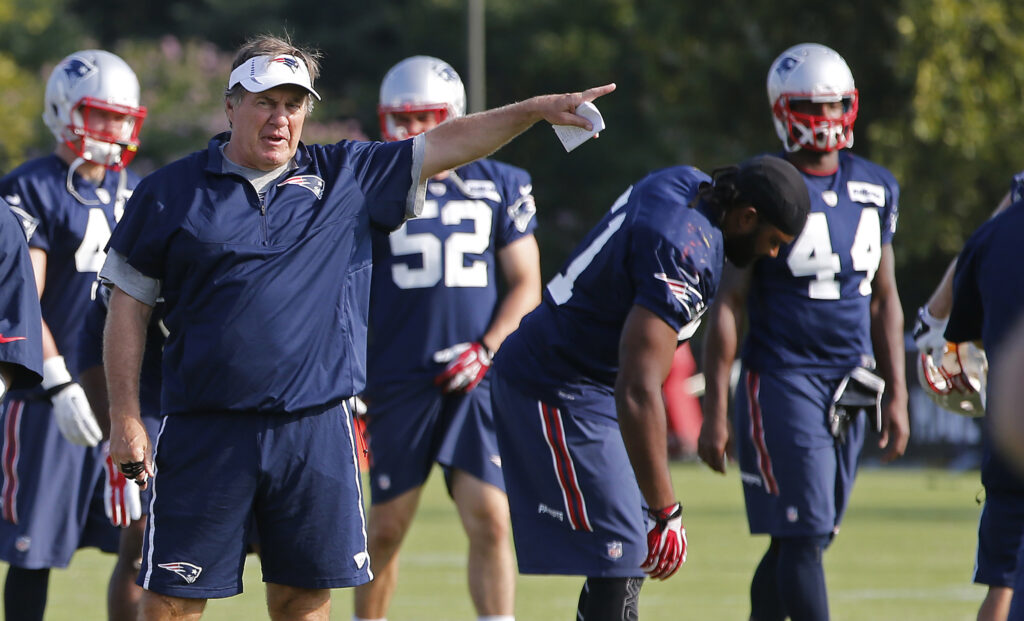
What Needs to Change
If I was in control of the NFL scouting process, I would make substantial changes.
The first thing is to move the draft to mid-March instead of late April. That would cut down on some of the expense and overanalysis. Team draft boards are already in reasonably good shape and can be finalized quickly.
>> READ: 2023 NFL Draft Big Board
Bears GM Ryan Poles knows what he wants to do with the first overall pick — most likely trading it to the highest bidder within the top five spots in the draft. The quarterback-needy teams such as the Houston Texans, Indianapolis Colts, Las Vegas Raiders and Carolina Panthers have the top four college QBs ranked and know what they are willing to offer teams ahead of them to move up.
WATCH: Bears GM Poles Talks Plans
The rest of the teams and slots will line up accordingly through the seventh round, and the best teams find gems in the later rounds, such as the New England Patriots did with Tom Brady in the sixth round. Then there always will be quality undrafted free agents who slid through the inexact science of the draft. Two notable examples are former Dallas Cowboys QB Tony Romo and Minnesota Vikings Hall of Fame defensive tackle John Randle, whom I signed for a $5,000 bonus in 1990.
The combine should be consolidated into a three-day event instead of a full week and keep the focus on the physicals while cutting down on on-field activities. Also, they should limit interview time since players are so well-trained now on interview techniques. Players should run 10- and 20-yard sprints and eliminate the 40-yard dash that NFL Network loves to focus on ad nauseam, except for receivers, running backs and defensive backs. Having offensive and defensive linemen run 40-yard sprints is ridiculous.
Pro days should quickly follow the combine and be done within two weeks. Then outlaw teams from bringing players into their facilities for unnecessary visits in the last weeks before the draft. This would cut down on player travel so those who are still in school can actually attend classes, and it would save the teams a lot of time and money.
>> READ: Pro Day Schedule
From a financial standpoint, it irked me as a team president that we would send close to 40 people (GM, player personnel aides, coaches, team doctors and team athletic trainers) to the combine and pay for air or car travel, hotels and meals for a week. Then we would send the scouts and coaches to college pro days around the country to watch players do the same drills. Some top players refused to work out at the combine because they preferred the pristine conditions of their college facilities. Finally, we would bring in a dozen or more players to our facility for in-person visits and rechecks.
As our Vikings and Titans player personnel execs, scouts and coaches met during the pre-draft process or if we worked out a free-agent player, I always told them not to be overly influenced by what a player does or doesn't do in a workout. The most important factor should always be "How did they play in games?" as opposed to how fast they ran the 40 or the cone drills, how they performed in passing drills, how high they could vertical leap or how many bench press reps they did.
Vikings Hall of Fame receiver Cris Carter ran in the 4.5-4.6 range in the 40 but had the best hands and ran the best routes of any receiver outside of Jerry Rice (who also was a 4.5 guy). Cris was a fourth-round pick by the Philadelphia Eagles in the 1987 supplemental draft. Most teams thought Randle was too small to play in the NFL.
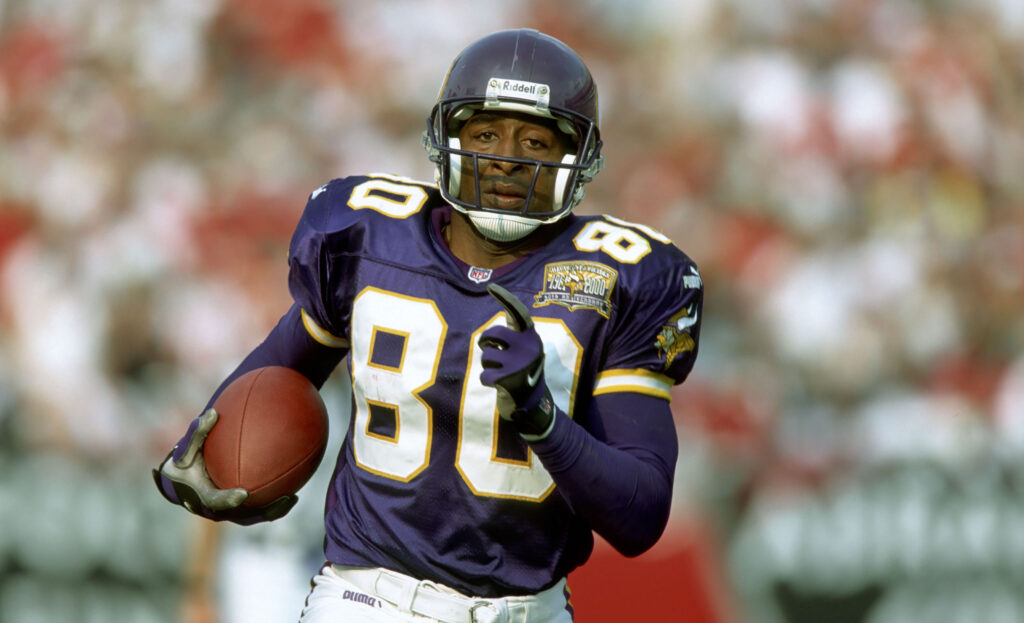
New Time for Free Agency
Like the NBA, free agency would follow the draft by two weeks in my perfect NFL world. NHL free agency usually begins only a few days after its draft. Draft choices are expected to play sooner than in the pre-salary cap days, so I would have preferred to know where my team stood after the draft before filling any perceived holes via free agency.
>> READ: Free Agency Buzz
Teams can easily wait until late March before signing free agents. GMs have been running ragged the past few weeks doing draft and free agency prep and have already engaged in rampant tampering with pending free agents through conversations at the combine. They have also been working to extend, restructure or release players to create more salary cap room.
If the draft and the bulk of free-agency signings were completed by early April, teams would have their rosters basically set and ready to begin the offseason program. Rookies who are not in school would attend, and those finishing school could join meetings virtually and dive into the playbook when not in class or studying for final exams. This extra month would be extremely valuable in rookie player development.
As great as it sounds, don't count on major changes anytime soon. Many NFL GMs, scouts and coaches are resistant to change. They are content to sit in the stands at the combine or pro days and watch a 340-pound offensive tackle run the 40-yard dash ... which is about as valuable a use of time as watching grass grow.
Jeff Diamond is a former Minnesota Vikings general manager and Titans team president. He was selected NFL Executive of the Year after the Vikings’ 15-1 season in 1998. Follow him on Twitter at @jeffdiamondnfl


